 up on the third(ish) level of te papa (i say ish cause again te papa's layout defies easy explanation) is the very boldly labelled blood earth and fire exhibit. it chronicles the ever going changes effecting new zealand. these vary from the animals (blood), environment and climate (earth), and the geology (fire).
up on the third(ish) level of te papa (i say ish cause again te papa's layout defies easy explanation) is the very boldly labelled blood earth and fire exhibit. it chronicles the ever going changes effecting new zealand. these vary from the animals (blood), environment and climate (earth), and the geology (fire).it is one amazing bit of musueming, but sadly i can only show you a bit of it due to the funky lighting messing up my pictures of most of it.
 the first thing you're greeted by is this rather handsome maori mythical statue. here you are taken through the maori myths of creation and how they believe this land was formed, and the causes of forces changing the country.
the first thing you're greeted by is this rather handsome maori mythical statue. here you are taken through the maori myths of creation and how they believe this land was formed, and the causes of forces changing the country.
next (no picture unfortunately) you're taken through the modern sciency version of what we think has caused new zealand to turn out the way it has.

based on this case you can see there is a LOT of them!
 among the most devastating and damaging are the stouts, aka weasel, aka ferret, aka tube mammal of death (okay i made that last one up, but i think it describes them pretty good!).
among the most devastating and damaging are the stouts, aka weasel, aka ferret, aka tube mammal of death (okay i made that last one up, but i think it describes them pretty good!).
these guys have inflicted TONS of damage on new zealand's native birds who are not adapted for a small aggressive mammalian predator like this. up until humans arrived new zealand's only mammals were all marine or a few type of really odd bat. one of the few success stories in dealing with intruding mammals has to deer. initially released in the late 1800's for game hunting these ungulates exploded population wise and devastated new zealand forests.
one of the few success stories in dealing with intruding mammals has to deer. initially released in the late 1800's for game hunting these ungulates exploded population wise and devastated new zealand forests.
sadly this is more the exception to the rule with new zealand's alien species, and most are still out there messing up the place as i write this :(
a really cool display/activity was a mock up cargo hold in a freighter in which a number of alien species have hidden themselves in the cargo as happens in real life, and you have to go through and find them. along the way you learn how all these are real biologic threats to new zealand, and why customs checks are so important. sadly none of my photos of this display turned out...
 my favourite part of blood, earth, fire was the extinct animals of new zealand. almost all of which were birds. back before humans this place lived up to its nickname of land of the birds. its sad to see all my amazing decedents that only went extinct in the last 1000 years or so...
my favourite part of blood, earth, fire was the extinct animals of new zealand. almost all of which were birds. back before humans this place lived up to its nickname of land of the birds. its sad to see all my amazing decedents that only went extinct in the last 1000 years or so...

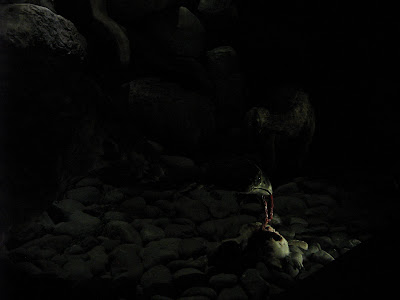 the MOST interesting and cool find i made as a new type of extinct new zealand bird i'd never heard of before, and was something of a fossil mystery when uncovered by scientists.
the MOST interesting and cool find i made as a new type of extinct new zealand bird i'd never heard of before, and was something of a fossil mystery when uncovered by scientists.it was a bird called an adzebill which for a long time couldn't be placed into the ancient new zealand eco-system...
 when first found, the adzebill or its scientific name aptornis, was recognized as being unusual by none other than dinosaur describer sir richard owen who also described this species (and a lot of other extinct new zealand birds!). he thought that the characteristics of the bird showed an omnivorous life style, but this was pretty controversial.
when first found, the adzebill or its scientific name aptornis, was recognized as being unusual by none other than dinosaur describer sir richard owen who also described this species (and a lot of other extinct new zealand birds!). he thought that the characteristics of the bird showed an omnivorous life style, but this was pretty controversial.  afterall a medium sized (compared to moas anyway) flightless bird as a predator seemed a little odd. the dominant land predator in those days was the haast eagle a flying bird of prey. how could a smaller more clumsy and slower flightless bird compete?
afterall a medium sized (compared to moas anyway) flightless bird as a predator seemed a little odd. the dominant land predator in those days was the haast eagle a flying bird of prey. how could a smaller more clumsy and slower flightless bird compete?
many for a long time suggested that it was an insectivore and simply ate small invertebrates.

however as new techniques were brought into to help solve these sorts of palaeo problems it was shown that the adzebill ate more than just bugs and grubs. chemical analysis showed that its bones contained high amounts of nitrogen which indicates a high heavy meat diet.
 this showed that the adzebill definitely ate meat. the question has since been was it an active predator or simple a scavenger.
this showed that the adzebill definitely ate meat. the question has since been was it an active predator or simple a scavenger.
this is an intriguing question, and the answer could easily be in either category as the majority of new zealand's ancient birds were herbivores leaving a wide range of predator niches open. which is why the discovery and revelation about the adzebill has brought our understanding of prehistoric new zealand's ecosystem that much further!
 having seen these the main highlights of the blood, earth, fire gallery i had others to go and check out...
having seen these the main highlights of the blood, earth, fire gallery i had others to go and check out...

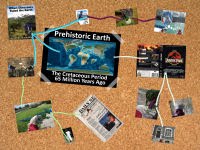


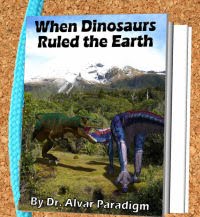


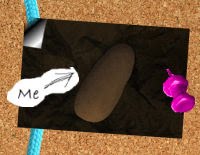





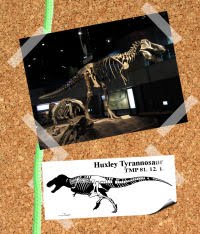








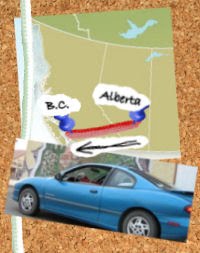






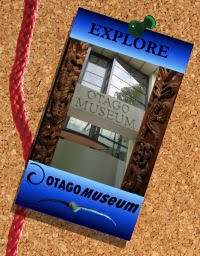



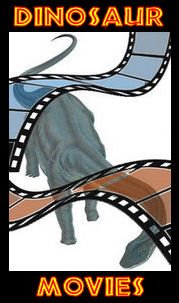






No comments:
Post a Comment